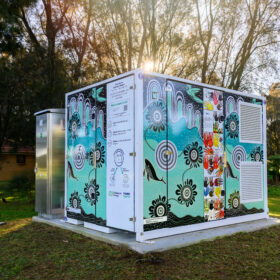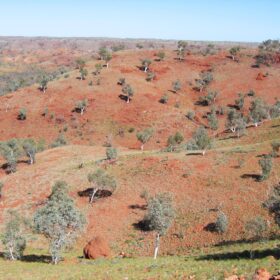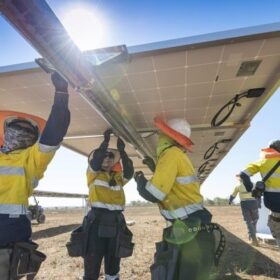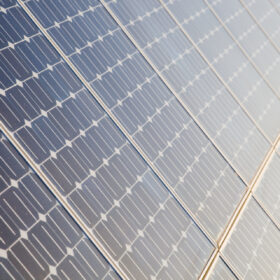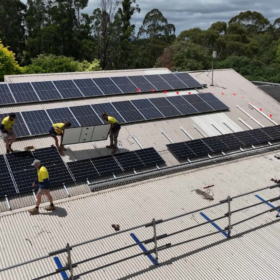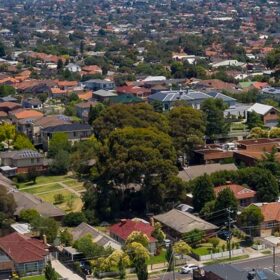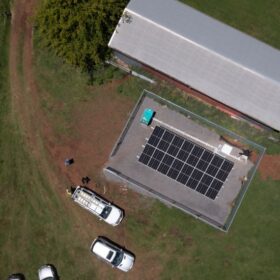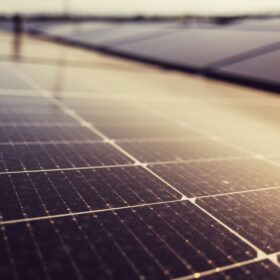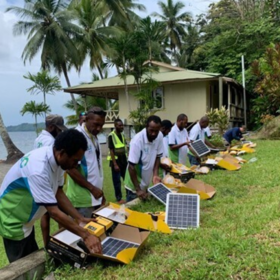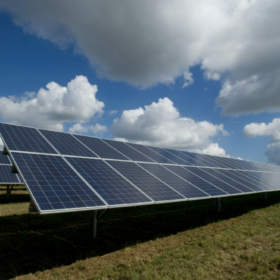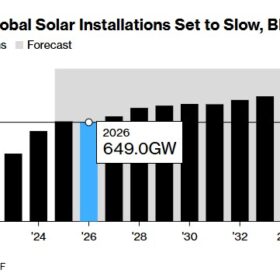Endeavour Energy plans rollout of community batteries in Illawarra region
New South Wales distribution network operator Endeavour Energy will install four community batteries on council land in the Wollongong region, with a further 13 suitable sites identified across the Illawarra.
Rystad forecasts 17% shortfall from 82% renewables target
Rystad Energy research has forecast Australia’s 82% renewable energy by 2030 target, will fall short by 17% under what they describe as the most optimistic scenarios, with gas being a key to energy security and transition.
Yindjibarndi Energy projects join national renewables priority list
West Australian Indigenous-owned and operated Yindjibarndi Energy Corporation has had two of its projects prioritised for regulatory approval on the federal government’s national renewable energy priority list.
Government revels in record renewable investment and declining emissions
New data released by the federal government and Clean Energy Regulator indicate a record delivery of renewable energy investment and declining emissions in Australia.
Pressurised water cleaning can improve solar generation efficiency by 10%
Researchers in China have investigated the dust-scaling process and various water-based cleaning methods to optimise maintenance strategies for enhanced safety and efficiency in solar systems.
Communities hit by outages get solar powered energy hubs for backup
Solar powered energy hubs are ready to help keep the lights on for 24 Victorian communities as part of a $7.5 million state government program to build energy resilience when faced with prolonged outage.
ARENA directed to consider suburb-wide solar and storage projects
The Australian Renewable Energy Agency has been directed to consider more funding for residential solar and battery energy storage systems as the federal government examines how best to expand household electrification projects around the country.
AusNet invests in solar and storage to support energy security
Victorian electricity and gas network company AusNet Services is turning to solar and battery energy storage systems to improve energy reliability in communities serviced by its electricity distribution network.
First Nations solar and battery projects to share $5.5 million from clean energy fund
The government of Western Australia has announced seven successful project bids in round three of its clean energy future fund scheme, including two First Nations renewable energy projects that will share $5.5 million from a $16 million pool.
Australia Papua New Guinea off-grid solar collaboration lights up lives
Residents in the Huon Gulf District of Papua New Guinea have begun receiving 8,700 solar installations in homes and schools across 18 remote villages as part of a collaboration between the island country and Australia.
